Civitavecchia is a city and major sea port on the Tyrrhenian Sea 60 kilometres (37 miles) west-northwest of Rome. Combines history, culture and natural beauty. However, Civitavecchia itself has a lot to offer those who choose to explore this hidden gem.
The Forte Michelangelo, built in the 16th century, is one of the city’s main attractions. It served as a fortification to protect the city from pirate attacks. Inside the fortification is the Museum of Ceramics, which houses a collection of beautiful ceramics from different periods.

And the National Archaeological Museum displays a wide range of artifacts, including ancient Roman sculptures, mosaics and ceramics.
Visitors are delighted by the Terme Taurine, a natural thermal bath located just outside the city. The healing properties of the thermal waters have been known since ancient times, making them a popular destination for health seekers.
Civitavecchia also boasts beautiful beaches, such as the popular Santa Marinella beach. Beach clubs and restaurants offer a range of facilities, ensuring a pleasant beach experience.
The Marina of Civitavecchia
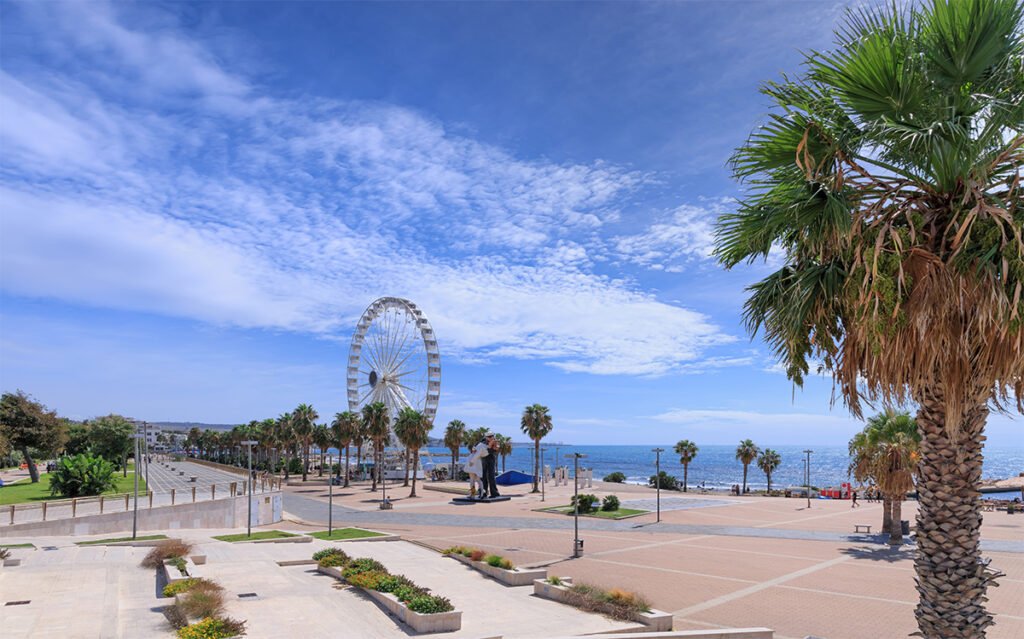
Porto di Civitavecchia is a marina located in the city of Civitavecchia, on the Tyrrhenian Sea. Today, with about 2,000,000 square meters of docks, 34 operational berths and more than 16 kilometers of berths.
The authentic central part of Civitavecchia, Piazza della Vita, is the perfect place to organize events and concerts. In the summer, this wonderful area, located in front of Fort Michelangelo, is home to local and artisanal product exhibitions, street food gatherings and open bars. During the day, the Civitavecchia promenade is the perfect place to relax and enjoy yourself, away from the chaos of the center.
Fort Michelangelo

Forte Michelangelo is imposing structure, commissioned by Pope Julius II in the early 16th century. Today, Forte Michelangelo stands not only as a monument of military and architectural significance but also as a cultural and religious landmark.
The Santa Ferma tower, housing a chapel dedicated to Santa Fermina, the patron saint of Civitavecchia, highlights the fortress’s role in the local cultural heritage.
Taurine Baths of Civitavecchia
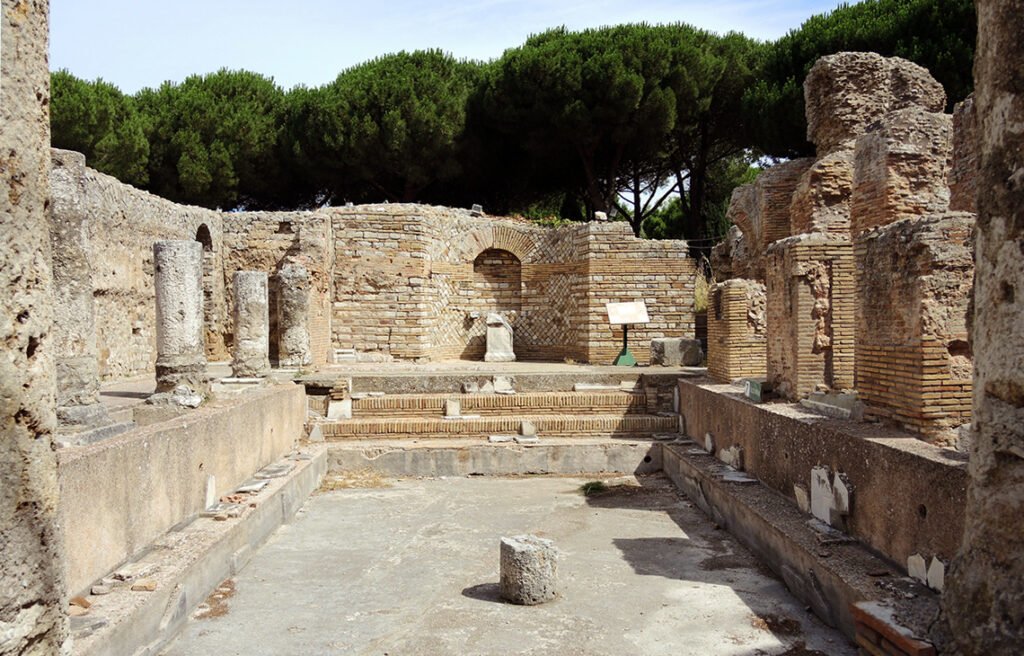
Terme Taurine, also known as the Taurine Baths, is a large elaborate ancient Roman baths complex located about 4 km east of the city of Civitavecchia. The baths are now in an archaeological park. Terme Taurine was first established on a hill overlooking Civitavecchia during the Roman Republican era in 86 BC.
Ficoncella Thermal Baths

Ficoncella Thermal Baths is a small thermal center formed by 5 natural baths with different degrees of temperature, the hottest reaching 60°C. The waters of La Ficoncella, in fact, are suitable for the treatments of many diseases like dermatitis, arthritis and disorders related to the gastric, respiratory or urinary systems.
They are also very efficient to heal wounds and inhaling it helps treating throat inflammations. One of the aspects that make La Ficoncella Baths unique is the absence of intense sulphur smell.
National Archaeological Museum of Civitavecchia
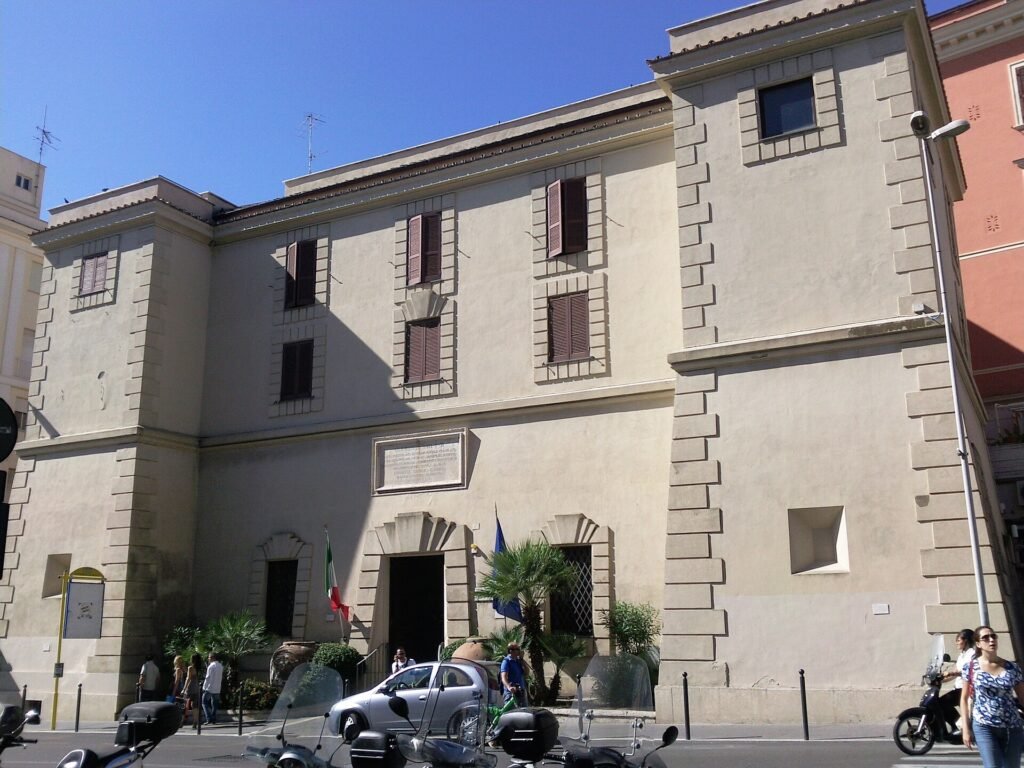
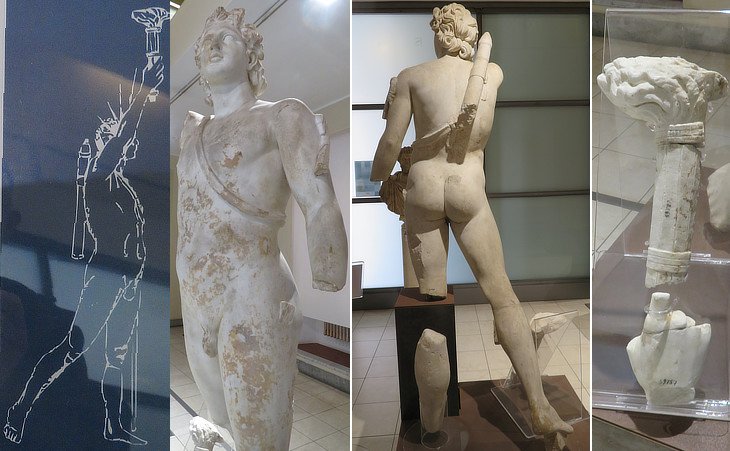
The National Archaeological Museum offers visitors a fascinating journey through time, showcasing a vast collection of artifacts from the Roman period and earlier civilizations. Located just a short walk from Fort Michelangelo, the museum is housed in an eighteenth-century building commissioned by Pope Clement XIII.
On the first floor of the Museum you can admire pottery and bronze finds and some examples of Etruscan Bucchero from the main settlements of the area.
The Vanvitelli Fountain

The Vanvitelli Fountain is located on the port side of the Civitavecchia city walls along the promenade opposite Calata della Rocca.
The fountain, 22′ long and 30′ high, exceeds the height of the walls. At the bottom, in the center of the fountain, is the carved face of an old faun. Water flows from the mouth into the pool below and is an interesting tourist attraction.
Cathedral of Civitavecchia
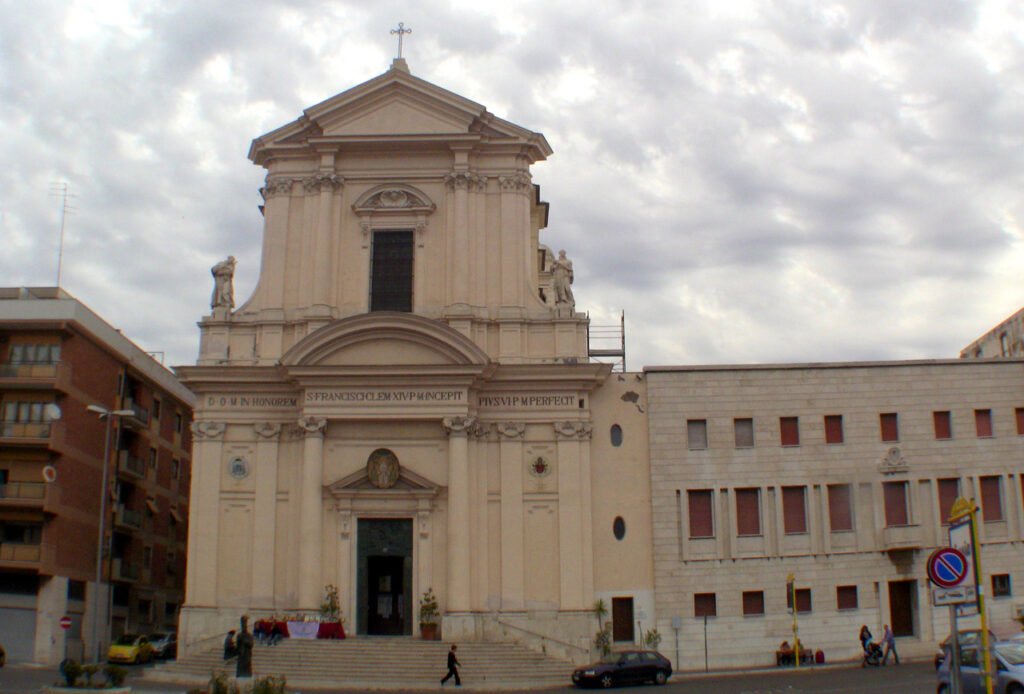
The late Baroque / Neoclassical style of the building preserves some Baroque elements in the richness of the interior decorations.
On the outside it has a high baroque facade with a double Ionic columns and a single entrance door at the end of a wide entrance stairway. The façade is adorned with two statues representing Saint Francis of Assisi and Saint Anthony of Padua.
Mercato di Civitavecchia

The traditional city market is held in the historic center, in Piazza Regina Margherita. Every day except Sunday, from 7:00 to 13:00, you can visit the characteristic market and do some shopping at really affordable prices.
This is where locals come every morning to buy fresh food products such as fruit and vegetables, as well as visit the famous and lively fish market, which has always been the pride of the city.
